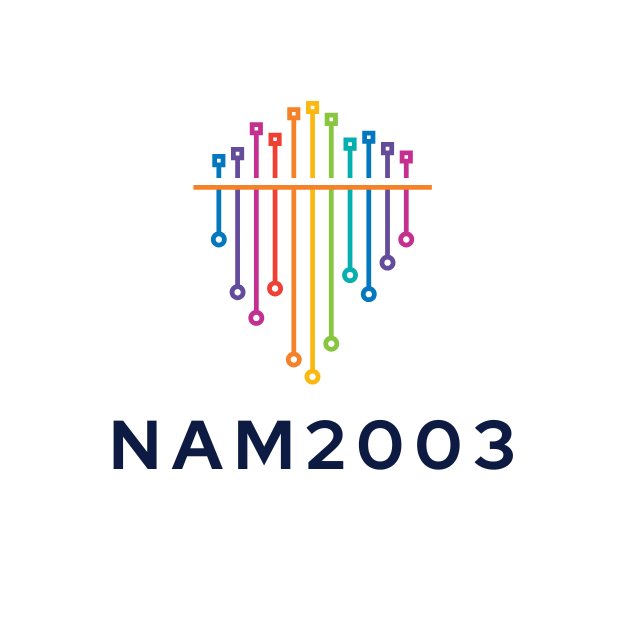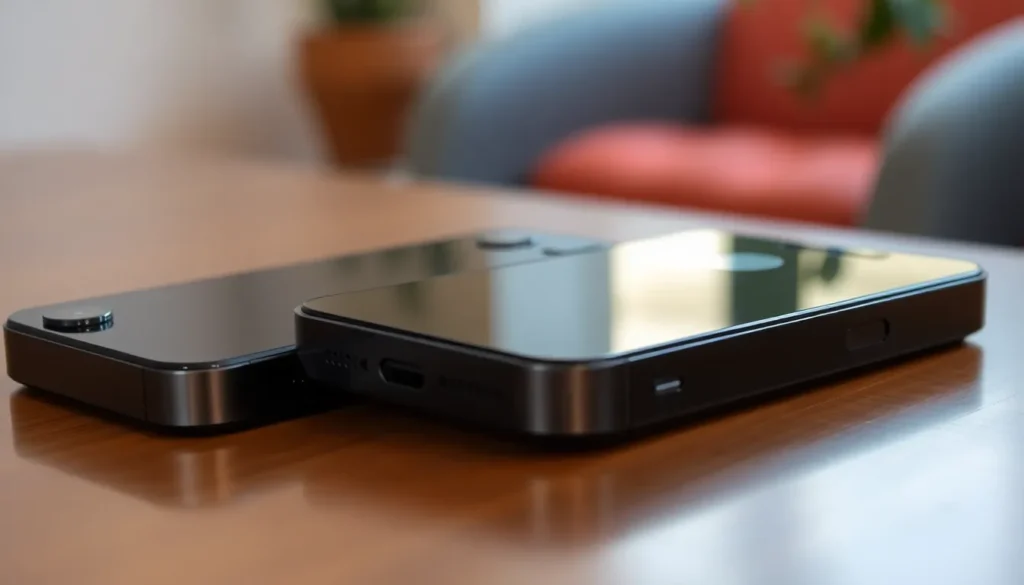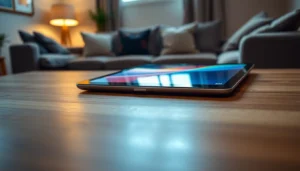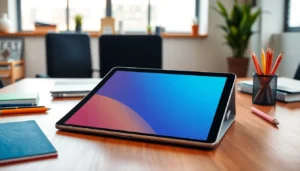Table of Contents
ToggleWhen it comes to smartphones, size matters—especially if you’re a fan of the latest iPhone models. The iPhone 11 and iPhone 12 might look strikingly similar at first glance, but are they really the same size? Spoiler alert: they’re not.
Overview of iPhone 11 and 12 Sizes
The iPhone 11 and iPhone 12 showcase distinct sizes despite their similar designs. Both models fit comfortably in hand, yet precise measurements reveal their subtle differences.
Dimensions Comparison
The iPhone 11 measures 150.9 x 75.7 x 8.3 mm. In contrast, the iPhone 12 has dimensions of 146.7 x 71.5 x 7.4 mm. The iPhone 12 is slightly shorter and narrower. This design change results in a thinner profile, offering a more modern aesthetic. iPhone 11 features a rounded edge, while iPhone 12 presents flat edges. Each model’s size impacts user experience significantly, particularly regarding one-handed use.
Weight Comparison
Weight plays a crucial role in usability. The iPhone 11 weighs 194 grams, while the iPhone 12 is lighter at 164 grams. This weight difference likely impacts comfort during prolonged use. Thinner designs in smartphones often contribute to lighter weights. The iPhone 12’s reduction in weight comes from material changes, enhancing portability. Users may prefer the lighter option for daily tasks and mobility.
Design Differences
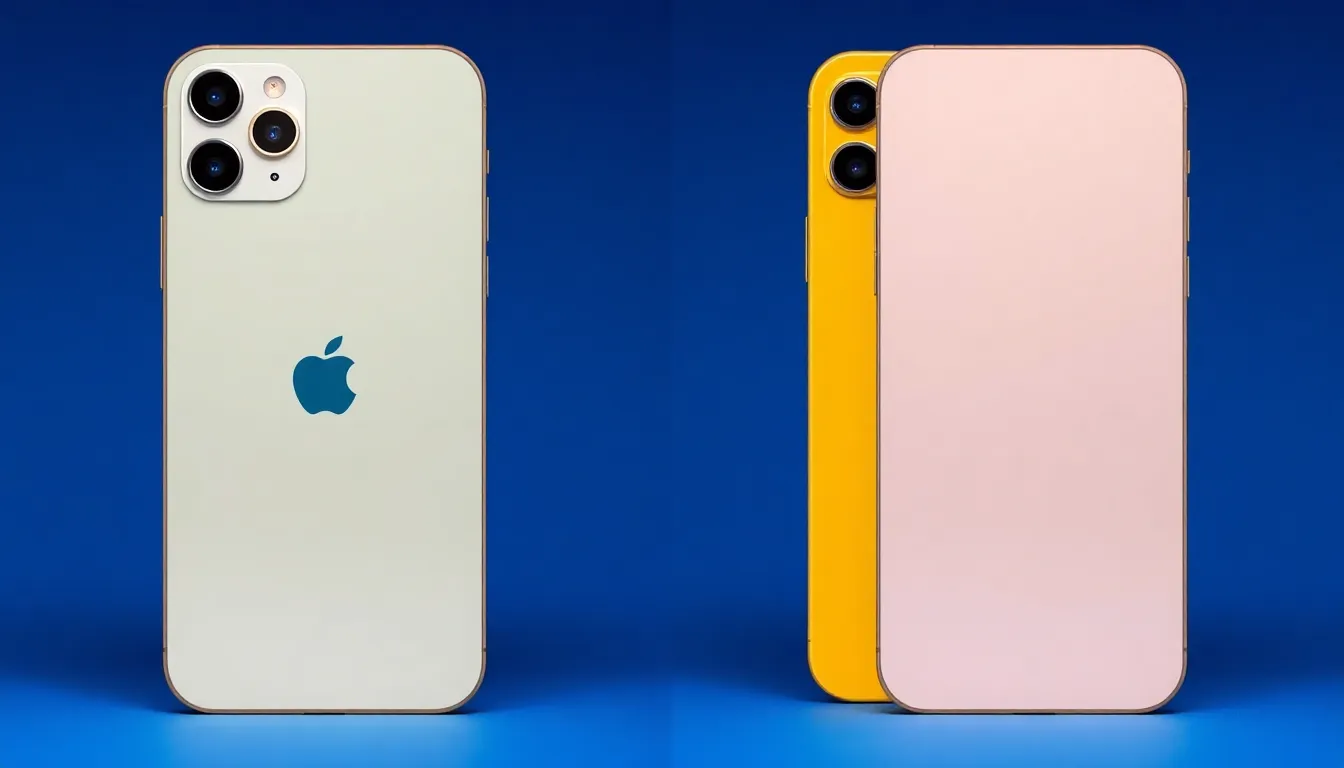
The design of the iPhone 11 and iPhone 12 showcases distinct choices in materials and aesthetics.
Material and Build
Aluminum forms the frame of both models, but the iPhone 12 adds a Ceramic Shield front cover. This innovation offers enhanced durability compared to the iPhone 11’s glass. Furthermore, the iPhone 12 employs a more advanced manufacturing process, reducing its overall thickness by 1 mm. The lighter weight also results from the iPhone 12’s redesigned components. Consequently, iPhone users experience improved handling and modern appeal with the iPhone 12.
Color Options
A range of vibrant colors distinguishes the iPhone 11 and iPhone 12. The iPhone 11 comes in six options: Black, Green, Yellow, Purple, Red, and White. The iPhone 12 offers a more diverse palette, including Black, White, Product Red, Green, Blue, and Purple. Unique to the iPhone 12, these colors enhance expression and personalization. Each color selection adds to the overall allure of the device, appealing to various consumer preferences.
Display Features
Both the iPhone 11 and iPhone 12 provide impressive display technology, yet notable differences exist between them.
Screen Size and Resolution
The screen size for both models measures 6.1 inches diagonally. While the dimensions are the same, the resolution varies. The iPhone 11 offers a resolution of 1792 x 828 pixels, resulting in a pixel density of about 326 ppi. In contrast, the iPhone 12 features a higher resolution of 2532 x 1170 pixels, leading to a sharper pixel density of approximately 460 ppi. Enhancements in brightness and color accuracy also distinguish the iPhone 12’s display. Users often notice vibrant colors and improved contrast in various lighting conditions, enhancing the overall viewing experience.
Notch Size and Impact
The notch design impacts the screen’s usability. Sizewise, both models’ notches appear similar, but their functionalities differ. The iPhone 11’s notch houses a front-facing camera and Face ID technology. While effective, it doesn’t take full advantage of newer display technologies. In comparison, the iPhone 12’s notch retains the same width but is slightly shallower, providing more screen real estate. This design shift allows for a more immersive viewing experience. Users can benefit from an optimized interface, making interaction more engaging and dynamic.
Overall User Experience
User experience for the iPhone 11 and iPhone 12 differs primarily due to their size, weight, and design features. Adjustments in dimensions affect daily usability and comfort levels for users.
Handling and Comfort
Handling the iPhone 12 feels different due to its lighter weight at 164 grams. Comfort improves for extended use, making it suitable for long texting or browsing sessions. Users appreciate the thinner profile of the iPhone 12, which feels less bulky in hand. Sturdy flat edges of the iPhone 12 allow for a secure grip, while the rounded edges of the iPhone 11 cater to traditional preferences. Most find one-handed use easier with the iPhone 12 thanks to its reduced dimensions, enabling quick access to screen elements.
Case Compatibility
Case compatibility poses significant considerations for users. Many iPhone 11 cases don’t fit the iPhone 12 due to the latter’s thinner and narrower design. Most users looking to switch models need to purchase new cases tailored for the iPhone 12 size. Brands emphasize creating durable cases for both models, but iPhone 11 cases cannot accommodate the flat edges of the iPhone 12. Additionally, varying button placements and cutouts require careful selection for proper fit. Users switching models should check compatibility charts before investing in new accessories.
The iPhone 11 and iPhone 12 may share a similar screen size but differ significantly in dimensions and design. The iPhone 12’s lighter weight and thinner profile offer enhanced portability and comfort. Users will appreciate the modern aesthetic of the flat edges and improved durability of the Ceramic Shield front cover.
While both models provide a solid user experience, the iPhone 12 stands out with its sharper display and vibrant color options. For those considering an upgrade or a switch between models, understanding these differences is crucial for making an informed decision. Ultimately, the choice between the two will depend on personal preferences regarding design, usability, and overall performance.
